Questions About Finland
Escorted small group tours for mature and senior travellers to Finland. Designed for couples and solo travellers who like to explore and enjoy learning as they travel to Helsinki, or to the arctic circle to the Northern lights to learn how to photograph the lights and more.
6 Dec 19 · 2 mins read
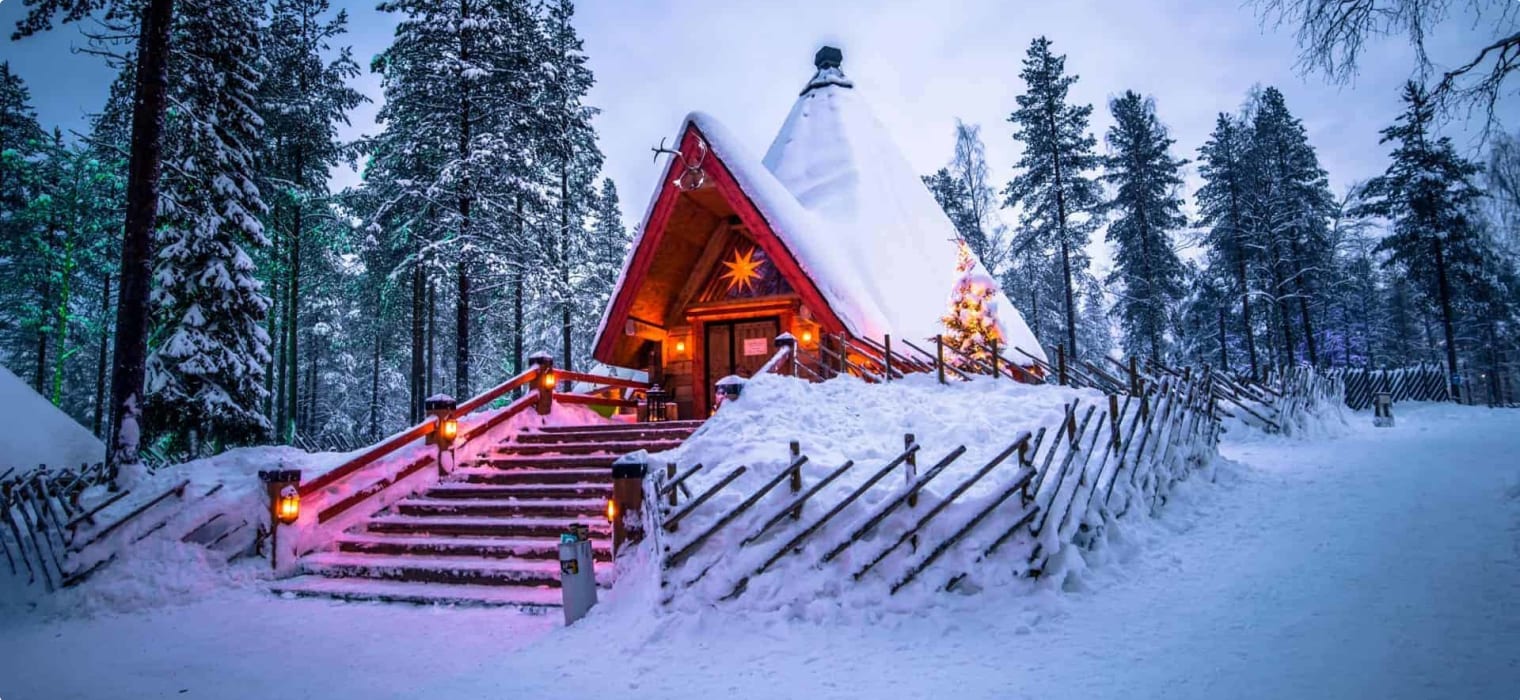
Questions about Finland for senior travellers seeking to join a escorted small group tour.
Odyssey Traveller specialises in crafting unforgettable experiences for senior and mature-aged travellers be they travelling on a educational tour as a couple or as a solo traveller. Providing adventure and educational programs to escorted small group tours since 1983. Odyssey has built up a reasonable knowledge bank to answer questions about Finland that travellers are likely to ask, as they make their plans to tour independently, or with us as part of a small group tour. We hope that this list of frequently asked questions and the answers we provide will help you with planning your next holiday.
Read on, but please do not hesitate to contact us via the website, or through email or chat if you have more questions about Finland or our other tours.
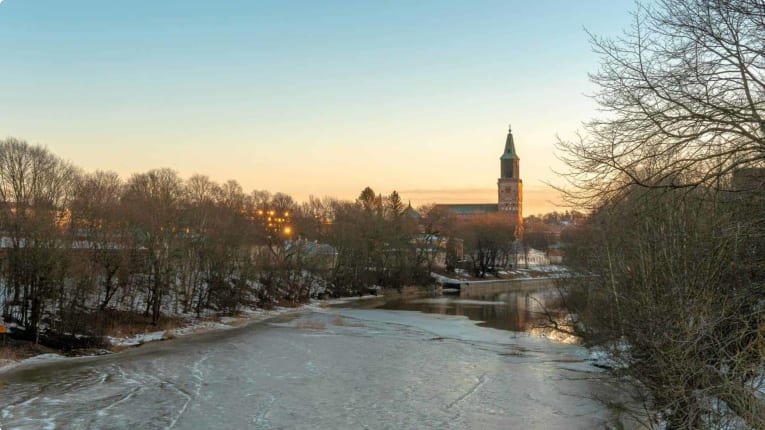
FAQs
Where is Finland on the world map?
Finland is located in Northern Europe and is one of the northernmost countries in the world. It is bordered by Russia to the east, Norway to the north, and Sweden to the northwest, while it is separated from its southern neighbour Estonia by the Baltic Sea, and from Sweden to the west by the Gulf of Bothnia.
 Wedged between Scandinavia and Russia, Finland is a cultural bridge between eastern and western Europe, and has long been dominated by its powerful western and eastern neighbours – Sweden and Russia.
Wedged between Scandinavia and Russia, Finland is a cultural bridge between eastern and western Europe, and has long been dominated by its powerful western and eastern neighbours – Sweden and Russia.
What language do they speak in Finland?
Finland has two official languages – Finnish and Swedish, but over 90% speak Finnish as their first language with Swedish primarily spoken in the south, southwest and west, and on the Åland Islands. There is also a tiny minority of Sami speakers in the very north of Finland.
Finnish and Sami are two of six European languages – along with Hungarian, Basque, Maltese and the closely related Estonian – that are not part of the Indo-European language family.
Why is Finland not Scandinavian?
For outsiders to the region, the distinctions between Scandinavian and Nordic can be confusing, and the two terms are often used interchangeably.
Scandinavian properly refers to the two main countries of the Scandinavian peninsula – Sweden and Norway, with Denmark generally included in Scandinavia for cultural reasons. The languages of those three countries are almost mutually intelligible. All share a common word: skandinavien, which refers to the ancient territories of the Norsemen (or Vikings), Sweden, Norway and Denmark.
Sometimes people from elsewhere will include Iceland as Scandinavian, since it was settled by Vikings, but the language branched off long enough ago that it is no longer mutually intelligible with the other Scandinavian languages. Ironically, Finland is partially located on the Scandinavian peninsula, but does not share in Scandinavian culture: the language is very different, and the Finnish people were never Vikings.
The term Nordic is a more general grouping to refer to the countries of Northern Europe, including Finland and Iceland. The term is actually of French origins, but has been embraced by the peoples of Northern Europe. The Nordic countries share many similarities: cold weather, a high quality of living, and a penchant for innovative modern design.
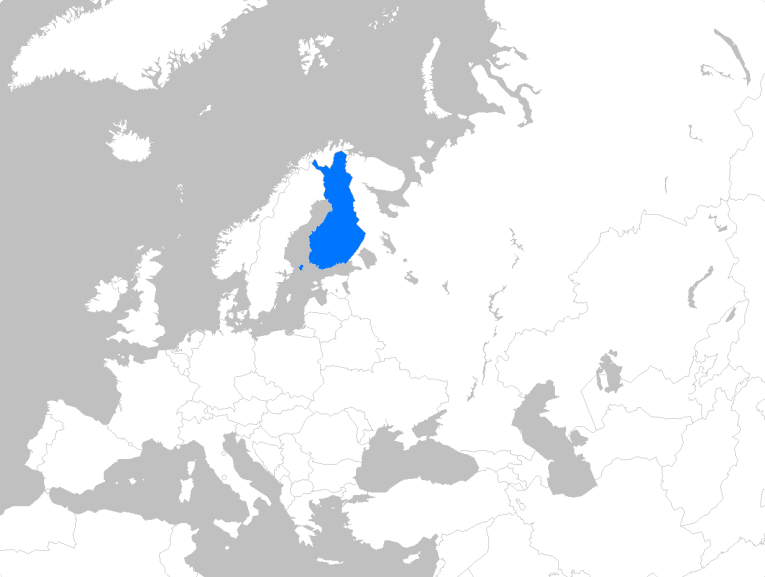
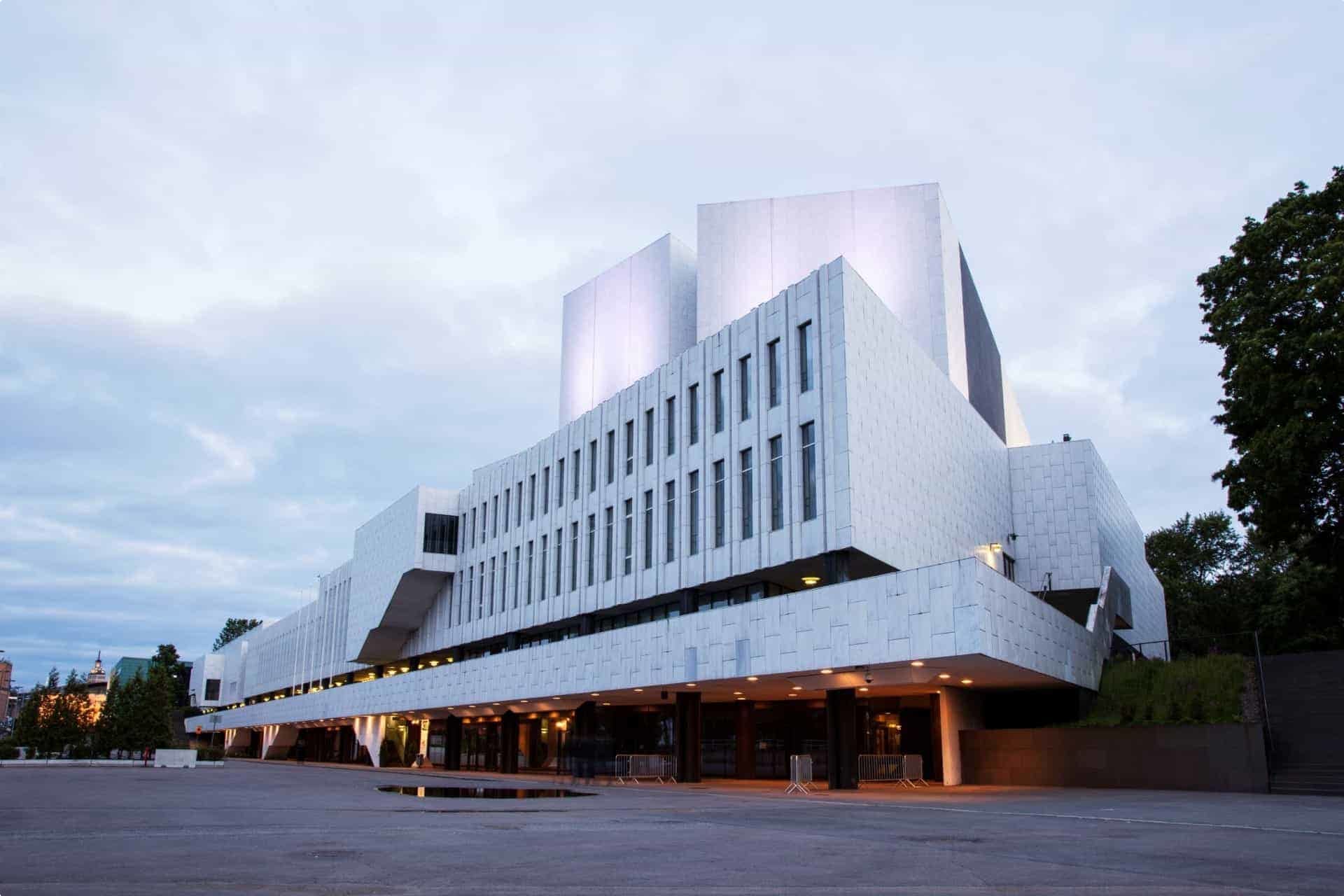
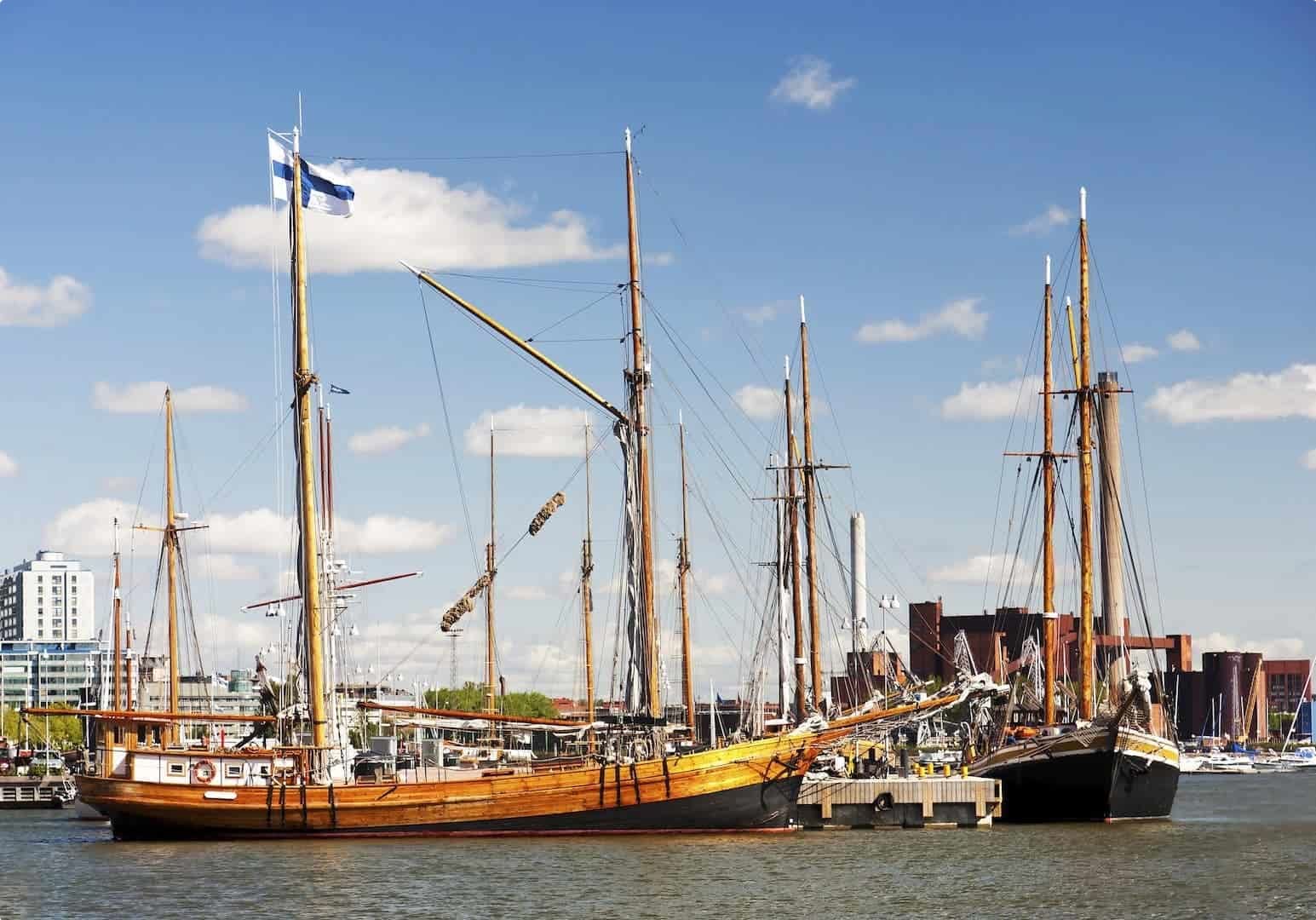
FAQs
When was Finland founded?
The first people arrived in Finland over 9,000 years ago. These people are believed to be the ancestors of today’s Sami community. The ancestors of the Finns came to Finland in successive waves, ending in the first millennium BC.
While the peoples of Finland traded with the Vikings, they did not participate in any of the raids or expeditions. By the end of the Viking age, lands around Finland were raided by Vikings from Sweden and Denmark.
By the 12th century, Finland had become a battleground in the rivalry between Sweden and Russia. The descendants of the Vikings had since converted to Christianity, and Swedish expeditions in the area became religious crusades designed to convert the still-pagan Finns.
In 1240, Swedish and other Western European crusaders in the region were defeated by a Russian Duke. The result was that Finland became part of the Catholic sphere, with the exception of Karelia, which became Eastern Orthodox.
War between Sweden and the Novgorod Republic continued until the signing of the Treaty of Nöteborg in 1323, establishing Swedish rule over what is now Finland. Finland was now ruled as part of Sweden, with castles built and taxes collected.
During the period of Swedish rule, the Finns – once divided into tribes – developed a sense of unity. Though Finnish people could not form part of the nobility, they could become part of the influential clergy. As a result, Finnish people became culturally incorporated into Europe. In the 16th century, the bishop Mikael Agricola brought the Lutheran faith from Germany, and developed the Finnish literary language.
In the 18th century, Sweden lost its status as a great power. During the Great Northern War of 1700-21, Finland was occupied by Russia for eight years. Recognising that many Finns wanted independence, the Russian Empress Elizabeth declared her intention of making Finland an autonomous state of Russia. The idea took hold with many Finnish people, and became even more popular when it became clear that Swedish plans in the event of Russian attack was to abandon Finland and leave the Finns to fend for themselves.
Finally, in 1809, Finland became an autonomous grand duchy under the Russian Empire. The Russian Emperor, Alexander I, promised to respect the religion and fundamental laws of Finland, including the rights of the inhabitants. From 1809 to 1863, Finland was ruled by a bureaucracy chosen by the Russian Empire, many of whom were of Finnish origin.
When did Finland become independent?
However, it would not be smooth sailing for Finland. In 1850, a law was passed banning the publication of books in Finnish except for religious edification, which many Finns saw as an attempt to entrench class differences between the Finnish people and their Russian rulers.
In response, a Finnish language awakening occurred. Finnish artists and writers began to develop a particularly Finnish form of art. During this period, the Finnish national epic the Kalevala was compiled, while the composer Jean Sibelius put Finnish folklore to classical music.
Concerned about the emergence of a united Germany in the late 19th century, Russian leaders were ever more keen to hold on to Finland. In 1899, Tsar Nicholas II issued a manifesto, claiming to be able to make laws in Finland without the Finnish parliament’s consent. The Russian language was imposed, and the Finnish army abolished, with Finns expected to fight in the Russian Army.
Complexifying the situation was the development of a labour movement, which crystallised around the Social Democratic Party. In 1899, Finnish nationalists and Social Democrats arranged a mass strike. The result was that Finland’s parliament was reformed and universal suffrage was implemented. However, the parliament’s powers remained limited, as it could be dissolved by the emperor at any time, a situation Tsar Nicholas took advantage of.
Following the Bolshevik Revolution, the autonomy of Finland’s parliament was reasserted. Finland declared independence in 1917, which Lenin recognised. However, Finland would soon be submerged in a Civil War similar to that of Russia, as the Marxist Social Democratic Party declared a socialist Finnish republic. With the aid of Germany, ‘white’ conservative forces took control of the country, and over 20,000 revolutionaries were executed.
Following the Nazi invasion of Poland in 1939, the Soviet Union demanded parts of Finland, in order to better safeguard Leningrad. When Finland refused, the USSR invaded, beginning the Winter War of 1939-40. Despite being well overpowered, the Finnish successfully repelled the Soviets for some time, but eventually had to concede part of their territory in the Treaty of Moscow.
Hoping to regain its territory, Finland aligned with Germany during World War Two, and German troops entered Finland to fight the Soviets. Finally, when the Red Army invaded in 1944, Finland was forced to reaffirm the Treaty of Moscow. However, many of the German troops refused to leave, leading to fighting between Finland and Germany.
During the Cold War, Finland managed to develop into a prosperous modern state, while balancing the influence and interests of the US and the USSR. In the 1940s predominantly agricultural, today Finland is one of the most prosperous states in the world. The transition is all the more remarkable given that it happened under the close shadow of Soviet influence. Finnish politicians had to tread carefully, never criticising the Soviet Union, and Finland was not able to join the European Economic Community until after the fall of the USSR.
Following the fall of the Soviet Union, Finland became integrated into Western Europe and is today a member of the European Union – and the only Nordic country in the Eurozone.
What is Finland famous for?
Sauna:
While saunas are now found across the world in gyms and spas, the sauna (the term comes from Finnish) is a vital part of Finnish culture.
The first saunas were man-made caves, draped close with animal skins. A fire would burn inside the cave all day long, and in the night, people huddled in the cave and basked in the steam. It became clear that the rooms were not just warmed by fire, but sterilised by smoke. Early saunas were kitchens, washrooms, hospitals and more.
Because of the importance of the sauna to daily life, they were imbued with spiritual importance, and an elaborate set of rituals developed.
In the Middle Ages, sauna caves became sauna buildings – either part of the house, or small separate wooden buildings on a family’s property. The Industrial Revolution added chimneys to the traditional sauna, while in the 20th century, they were increasingly powered by electric heating.
Today, the sauna is a vital part of Finnish culture. Despite having only five million people, there are over three million saunas in Finland. The importance of sauna is perhaps best encapsulated by this old Finnish saying:
‘Behave in the sauna as you would behave in the church’
In the sauna, most people sit or lie on wooden benches and hit themselves with birch branches in order to improve circulation. Afterward, they cool down with a cold shower, a dip in the lake, or for the brave, a roll in the snow. Saunas are considered to have benefits for the skin and overall well-being.
Traditionally, visiting the sauna is a social activity – perhaps surprisingly, given that Finns often sauna naked! However, most Finnish people understand that visitors might be more uncomfortable with nudity, and it’s perfectly fine to wear a swimsuit or towel.
The forest:
With almost 70 percent of Finnish land consisting of forest, it’s not surprising that the forest is key to Finnish tradition. While most of Europe has traditionally seen forests as dark and foreboding, in Finland the forest represents refuge and shelter. Today, many Finns own forest summerhouses, which provide weekend and holiday respite from the stresses of urban life.
Like in the other Nordic countries, Midsummer – the longest day of the year in the Northern Hemisphere – is one of the most important holidays in Finland. On the three-day weekend, most city-dwellers head to the country for the lighting of bonfires, singing and dancing.
Crucial to Finnish tradition is ‘Everyman’s Right’, the idea that you can walk freely in the forest. Many Finns – even in Helsinki – spend weekends picking mushrooms and berries, which are then turned into jams and preserves at home.
Architecture:
Finland is also home to distinctive traditional and modern architecture. Owing to the abundant forest, traditional Finnish architecture was dominated by painted wooden houses, and the ubiquitous saunas. Though many were subsequently destroyed by fire, wooden houses are able to be visited at Vanha Porvoo, a small town less than an hour from Helsinki, and the UNESCO World Heritage Site of Vanha Rauma, Finland’s largest wooden town.
Finland, along with its Scandinavian neighbours, is also famed for its innovative modern architecture. The legendary Finnish architect Alvar Aalto, active from the 1920s to the 1970s, pioneered a modernism based on local materials and individual personality. Finland is home to many of his most important works, including the university town of Jyväskylä, the re-designed city centre of Seinäjoki, and the art-filled Villa Mairea.
Food:Finnish food takes influence from both Russia and Sweden, with a Scandinavian-style emphasis on seafood along with meats such as reindeer, and more Russian dishes such as casseroles and pastries. Particular favourites include karjalan piirakka, pastry with rice and mashed potato, served with hard-boiled egg and butter, and kalakukko, pork and whitefish baked into bread.
Finnish people are also famous for their distinctive taste in sweets. Particularly popular is salted liquorice, or salmiakki. Though popular throughout Scandinavia, Germany and the Netherlands, in Finland salmiakki is almost the national food. Salmiakki is put in chocolate, ice cream, and even drunk with vodka – something perplexing to most visitors, who find it to be a taste they can’t quite acquire.
Another eccentric Finnish eating habit is the use of tar (or terva) in a number of foods, including sweets, ice cream, and barbecue sauce. Produced by burning wood in a pile, tar is used to add a smoky flavour to food. Terva is also used in soaps and shampoos.
Well-being:
Like its Nordic counterparts, Finland is famous for its well-being. In 2019, Finland was voted the happiest country on earth for the second year in a row. Researchers attribute this to the strong sense of community, which translates to a comprehensive social safety net. In particular, Finland’s education system is regularly at the top of world rankings for achievement, despite flying in the face of conventional teaching logic. Students in Finland don’t sit exams, have shorter school days, and students have the opportunity to choose their own path through education.
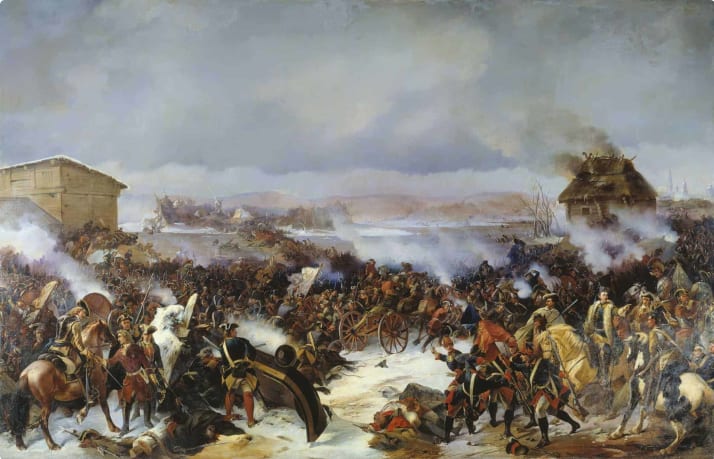
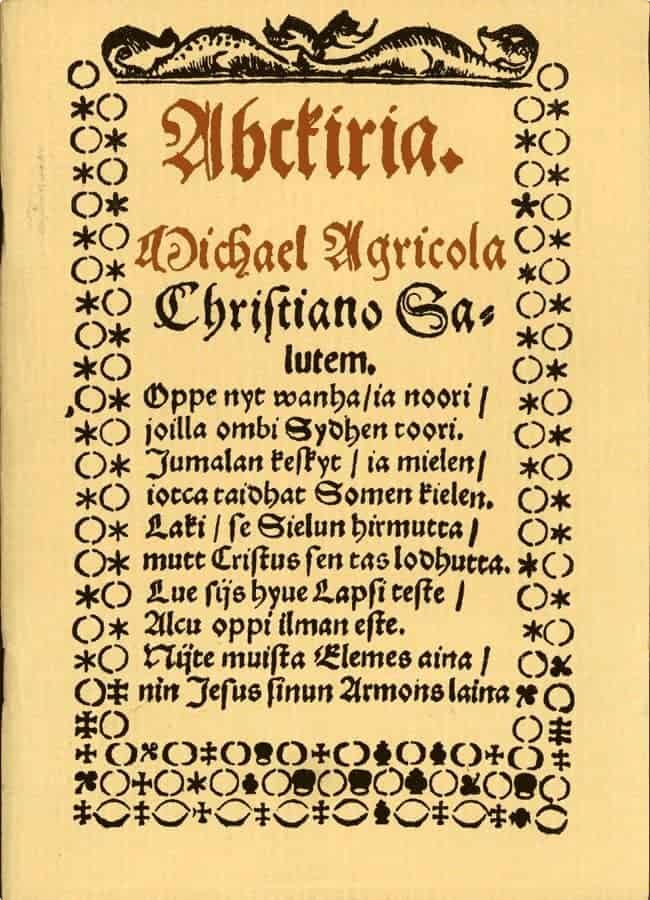

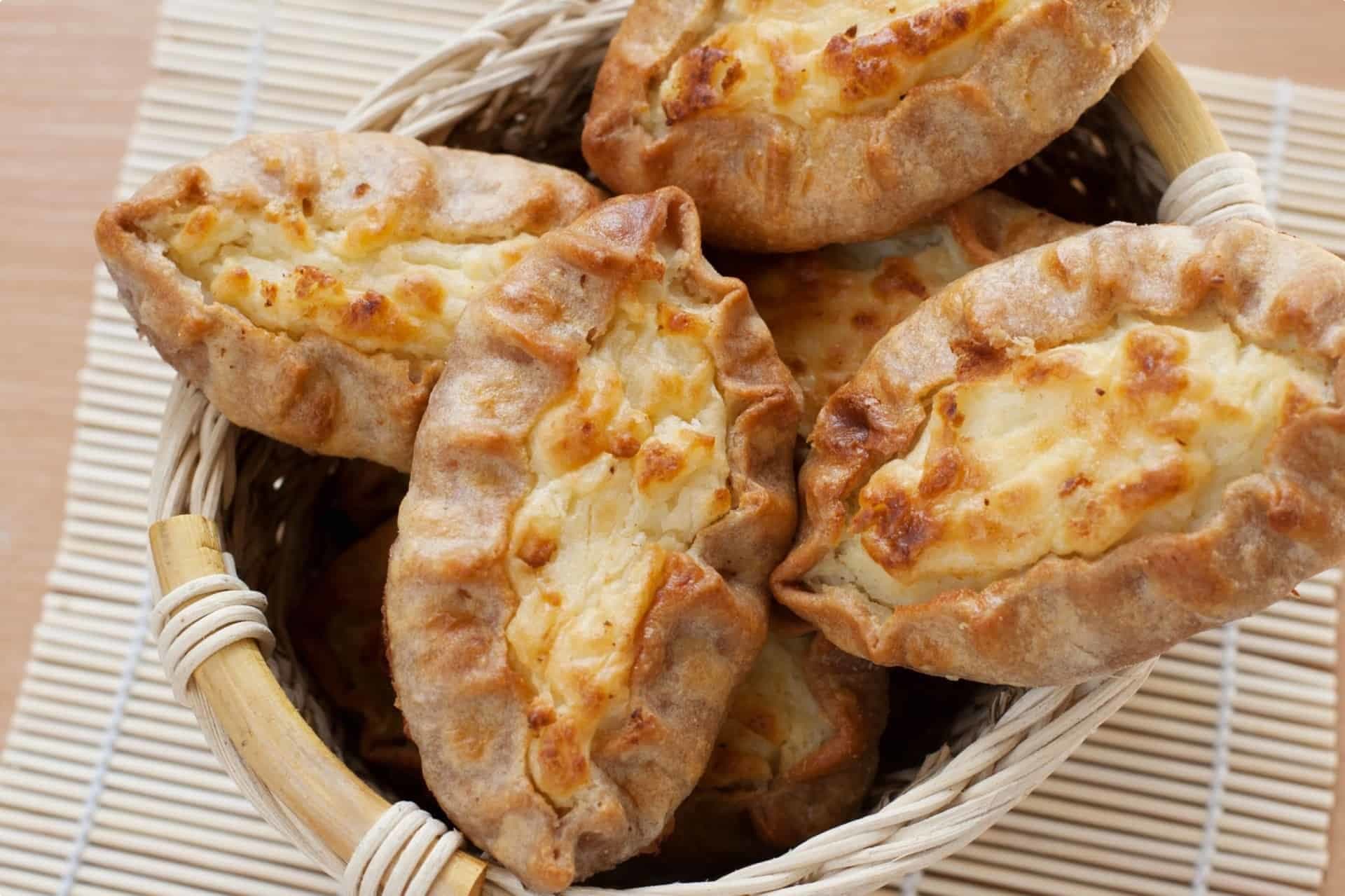
FAQs
Where to visit in Finland?
Helsinki:
Finland’s capital, Helsinki is a treasure trove for lovers of all eras of architecture and design. Following the Russian annexation of Finland, Helsinki was declared the capital, overthrowing Turku from its previous position of prestige. The city was built in a neoclassical style, modelled off the then Russian capital, St. Petersburg.
At the turn of the 20th century, Finnish architects inspired by the nationalist movement designed in art nouveau style, incorporating influences from Finnish folklore and nature into the ornate style. Particular highlights include the Central Railway Station (1914), and the National Museum of Finland, which displays scenes from the Kalevala on the ceiling of the entrance hall.Helsinki is also home to much of Finland’s most innovative modern architecture projects. See the Alvar Aalto designed Finlandia Hall (1971), and make sure to visit the home he shared with his wife Aino (an innovative modern architect in her own right), now restored as a museum dedicated to their life and work.
Helsinki was declared the World Design Capital in 2012, and remains a centre for innovative architecture today. Most notable is the Amos Rex gallery, opened in 2018. Designed by the local architecture firm JKMM, the museum is entirely underground, with windows emerging like bubbles up into Lasipalatsi Square above.
Outside Helsinki:
Once the capital and premier city of Finland, Turku is today a pleasant university town. For a view into pre-Russian Finland, make sure to visit Turku Cathedral and Turku Castle, both built in the 13th century.
The main attraction outside Helsinki is undeniably Finland’s stunning natural beauty. Around a third of Finland’s territory is covered by Järvi-Suomi, or Lake Finland, a labyrinth of forests, rivers, inlets and yes – lakes. In summer the castle of Savonlinna plays host to an internationally renowned opera festival.
Tiny islands extend almost half the way to Sweden, home to old wooden villages full of traditional handicraft stores, medieval castles, and summer homes.
To most, the most evocative part of Finland is Lapland – known to children around the world as the ‘official’ home of Santa Claus, who keeps an office in the town of Rovaniemi.
Yet, the real Lapland might be more interesting than the myths. The region is home to over 10,000 Sámi, the indigenous people of northern Scandinavia. While today most Sámi live similarly to their Finnish neighbours, traditional culture is preserved through festivals, including the Sámi National Day on February 6 and the Music Festival of Indigenous Peoples in August. The Siida museum, located in Inari, is a window into the history and culture of Finland’s indigenous peoples.
Also striking is the stark landscape of Lapland. Located in the Arctic Circle, Lapland is entirely dark in winter, while in summer it is home to over three months of midnight sun. If you’re there in winter, make sure to go skiing, and take your pick between a tour led by reindeer or huskies.
Lapland is one of the best places on earth to see the majestic Northern Lights, which appear more than 200 nights a year here.
If you’re interested in capturing the Aurora Borealis on camera, check out our article about how to photograph the Northern Lights
What to buy in Finland?
Finland’s knack for innovative modern architecture and design has also influenced the creation of more suitcase-friendly homewares and clothing. Fashion-lovers across the world will be familiar with Marimekko, whose famous vibrant prints, including the iconic unikko (or poppy), shaped the look of the mod 1960s.
Today, Helsinki is full of antique stores packed with mid-century modern pieces and lesser-known contemporary designers working in the same spirit. The Design District Helsinki guide is a fantastic resource for finding many of the city’s most interesting designers, along with some of the best eateries and boutique hotels.
When to visit Finland?
The weather in Finland is nicest in summer and late spring. In Helsinki, the late sun (which generally goes down after 10 pm) means that the streets remain vibrant well into the night, while the sunny days are perfect for relaxing holidays by the seaside or a lake.
Winter is long here, with snow often beginning in November and lasting until April in Lapland. Temperatures are always cold, ranging from 0 to – 35 degrees Celsius. Of course, if you want to see the Northern Lights, you’ll have to visit in winter. Other advantages to a winter visit include winter sports such as skiing and snowmobiling.
How to visit Finland?
Finland is part of the Schengen Area, along with a number of other European countries, meaning that Australian travellers can visit Finland for up to 90 days without a visa. A number of flights go direct from Australian cities to Helsinki.
If you’re thinking of visiting Finland, why not join an Odyssey tour? Odyssey visits Finland on a number of tours, each with a different emphasis:
- The Scandinavian Design tour is for lovers of modern art and architecture. The tour takes you to showrooms and galleries in Denmark, Sweden, and Finland, and explores the history of design in all three countries. Just make sure to leave lots of room in your luggage to bring back your own unique piece of design!
- For those interested in the history of the Baltic sea, the Tour of the Baltics is ideal. The tour explores the fascinating interlocking histories of the nations surrounding the Baltic Sea – Germany, Poland, Estonia, Latvia, Lithuania, Sweden, Russia – and of course, Finland.
- Odyssey Traveller also offers travellers the chance to experience the greatest train journey in the world – the Trans-Siberian Express. Our tours either begin begin or end in Helsinki, and also include an in-depth journey through the ever-changing landscapes and cultures of Russia.
- Lastly, Odyssey also offers you the chance to see the extraordinary aurora borealis. Our winter Northern Lights tour traverses northern Finland, Sweden, and Norway in pursuit of the aurora, while making time for winter activities including husky sledding, reindeer safari and snowmobiling.
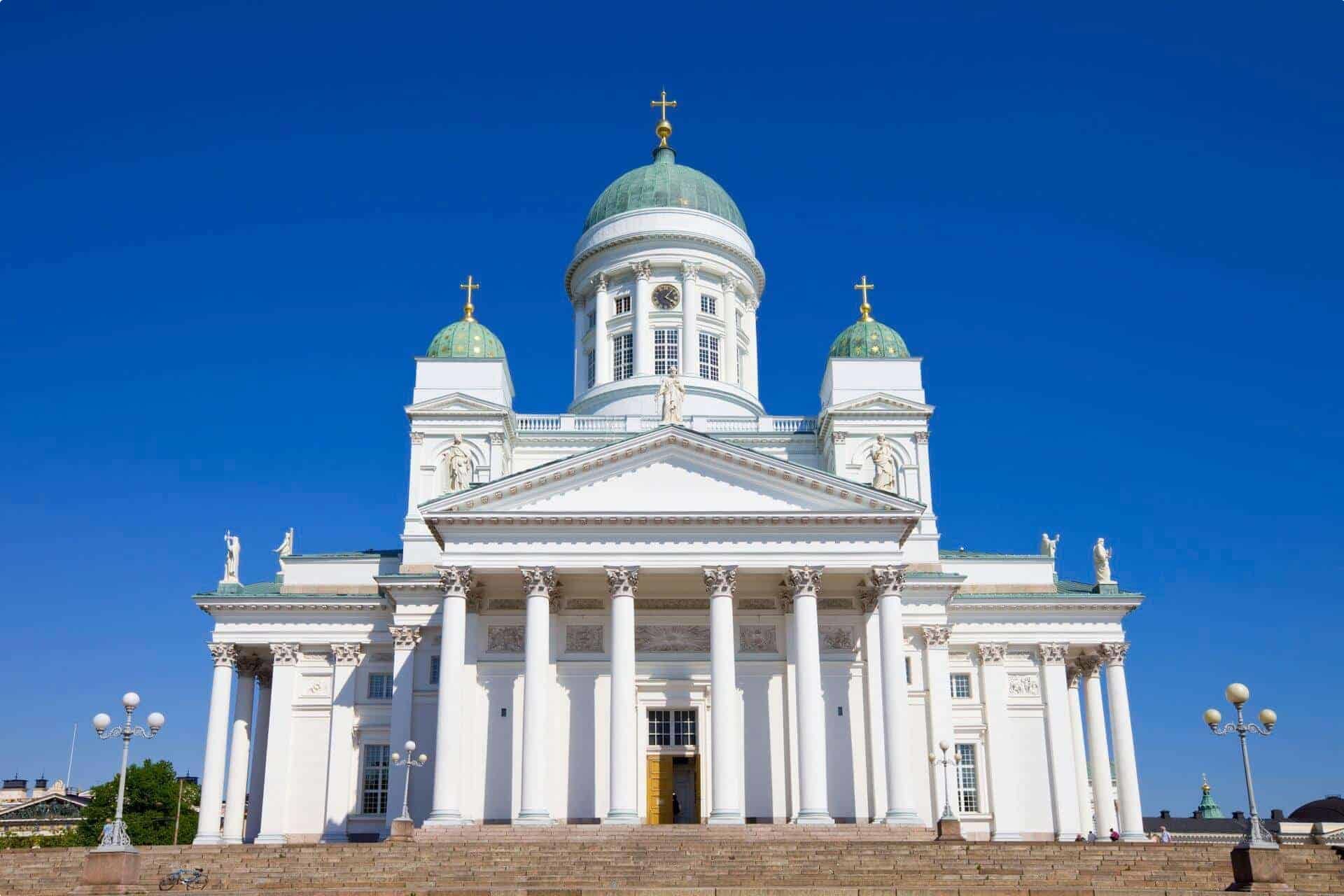
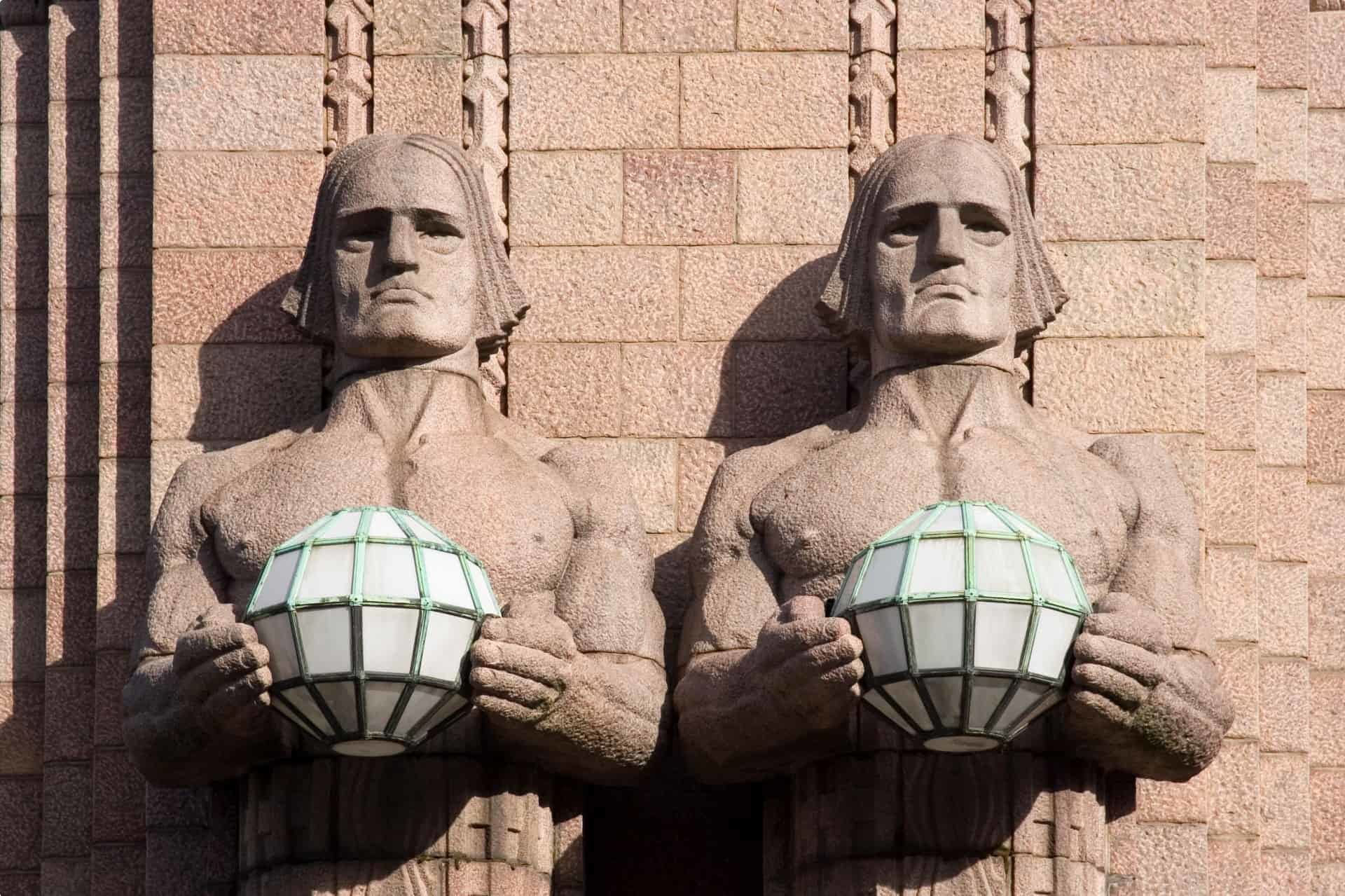

Articles

Helsinki, Finland
Helsinki, Finland Helsinki, the capital of Finland, is a treasure trove for lovers of history and all eras of architecture and design. Dubbed the “white city of the north” due to its buildings constructed from…
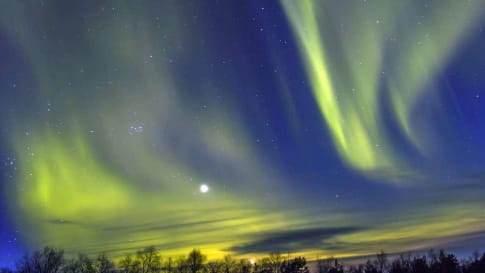
Northern Lights
The science of the Northern Lights Although many are more familiar with the Northern Lights, the natural phenomenon is not exclusive to the Northern Hemisphere. The polar lights are caused by solar activity. When there…

The Arctic Circle
The Arctic Circle is the most northernly major circle of latitude, at approximately 66°30′ N. It marks the area within which, for one or more days each year, the Sun does not set (June 21) or rise (December 21), and the length of continuous day or night increases northward.




